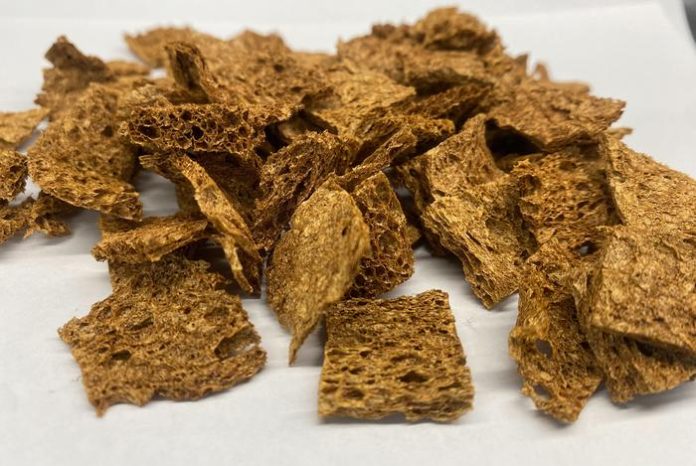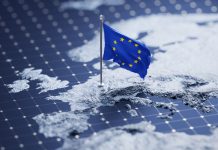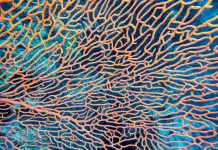
A reusable sponge that soaks up pollutants like phosphate and metals from water has been developed by Northwestern University researchers
This innovative technology not only cleans contaminated water but also allows for the recovery and reuse of these valuable resources, offering a sustainable solution to water pollution.
Scientists reimagine the lifecycle for non-renewables like metals, phosphate
A reusable, low-cost sponge capable of removing pollutants like phosphate, copper, and zinc from water has been developed by researchers at Northwestern University. This innovative technology not only cleans contaminated water but also allows for the recovery and reuse of valuable resources, offering a sustainable solution to the growing problem of water pollution.
The reusable sponge, coated with nanoparticles, has demonstrated its effectiveness in removing various pollutants, including oil, microplastics, and lead, in previous studies. This new iteration focuses on capturing and releasing specific pollutants impacting Chicago waterways, offering a promising approach to environmental remediation.
Reusable sponge platform tackles water contamination
The Northwestern team has engineered a specialised sponge that can effectively remove harmful pollutants from water, including metals like zinc and copper, as well as phosphate.
This is a significant advancement in water treatment technology, as it addresses the challenge of single-use solutions that are both costly and unsustainable. The sponge’s unique design allows it to capture these pollutants and then release them under specific pH conditions, enabling the recovery and reuse of valuable minerals that are typically mined.
This “catch-all” approach can be tailored to target specific contaminants, offering flexibility in addressing diverse pollution challenges.
From parts per million to undetectable levels
The sponge’s effectiveness has been demonstrated in laboratory settings, where it successfully reduced pollutant concentrations from 0.8 parts per million to undetectable levels.
This remarkable achievement highlights the potential of this technology to significantly improve water quality. Researchers worked with StormTrap, LLC, a stormwater treatment equipment manufacturer, to tailor the sponge to address specific pollutants impacting Chicago waterways. This collaboration allowed the team to focus on removing copper, zinc, and phosphate, which are common contaminants in urban runoff.
Resource recovery
A key aspect of this innovation is the ability to recover the captured pollutants.
As global reserves of minerals like phosphate dwindle, the ability to reclaim and reuse these resources becomes increasingly crucial. Researchers developed a method to selectively release the captured metals and phosphate from the sponge by manipulating the pH levels.
First, lowering the pH releases copper and zinc.
Then, raising the pH allows for the release of phosphate.
This process can be repeated multiple times without compromising the sponge’s performance, demonstrating its reusability and long-term viability.
Kelly Matuszewski, a Ph.D. student involved in the research, emphasised the importance of resource recovery, stating, “We can’t just keep flushing these minerals down the toilet. We need to understand how they interact and find ways to actually utilise them.”
Taking the sponge to the storm drains
The partnership with StormTrap, LLC has been instrumental in moving the technology from the lab to real-world applications. This collaboration has allowed the research team to assess the reusable sponge’s performance in a more realistic setting and accelerate its development for commercial use.
The next step involves deploying the sponge in real-life scenarios, such as storm drains, to further evaluate its effectiveness in complex environmental conditions. This will help determine the sponge’s capacity for holding pollutants and pave the way for collaborations with other researchers working on improving water quality.
A sustainable solution for water pollution
The development of this specialised reusable sponge offers a promising solution to the growing problem of water pollution. Its ability to remove a wide range of pollutants, coupled with its reusability and capacity for resource recovery, makes it a sustainable and cost-effective alternative to traditional water treatment methods.
As concerns about water quality and resource scarcity continue to rise, this innovative technology offers hope for cleaner waterways and a more circular economy for valuable minerals. The research team, led by Professor Vinayak Dravid, is committed to further developing and commercialising this technology through their startup, Coral Innovations, bringing this vital tool to the forefront of environmental remediation efforts.










